See also
- "The unexamined life is not worth living", a dictum apparently uttered by Socrates, as described in Plato's Apology
The Examined Life is a 1989 collection of philosophical meditations by Robert Nozick.
The Examined Life may also refer to:

Dada or Dadaism was an art movement of the European avant-garde in the early 20th century, with early centres in Zürich, Switzerland, at the Cabaret Voltaire. New York Dada began c. 1915, and after 1920 Dada flourished in Paris. Dadaist activities lasted until the mid 1920s.
Stephen Edwin King is an American author of horror, supernatural fiction, suspense, crime, science-fiction, and fantasy novels. Described as the "King of Horror", his books have sold more than 350 million copies as of 2006, and many have been adapted into films, television series, miniseries, and comic books. King has published over 65 novels/novellas, including seven under the pen name Richard Bachman, and five nonfiction books. He has also written approximately 200 short stories, most of which have been published in book collections.

George Grosz was a German artist known especially for his caricatural drawings and paintings of Berlin life in the 1920s. He was a prominent member of the Berlin Dada and New Objectivity groups during the Weimar Republic. He emigrated to the United States in 1933, and became a naturalized citizen in 1938. Abandoning the style and subject matter of his earlier work, he exhibited regularly and taught for many years at the Art Students League of New York. In 1959 he returned to Berlin, where he died shortly afterwards.
Grosz may refer to:
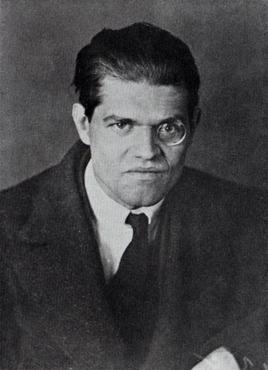
Raoul Hausmann was an Austrian artist and writer. One of the key figures in Berlin Dada, his experimental photographic collages, sound poetry, and institutional critiques would have a profound influence on the European Avant-Garde in the aftermath of World War I.
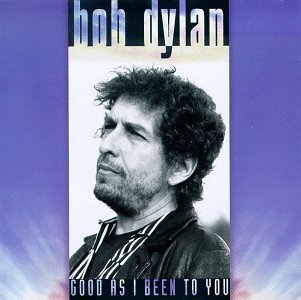
Good as I Been to You is the 28th studio album by American singer-songwriter Bob Dylan, released on November 3, 1992, by Columbia Records.
A funeral is a ceremony marking a person's death.
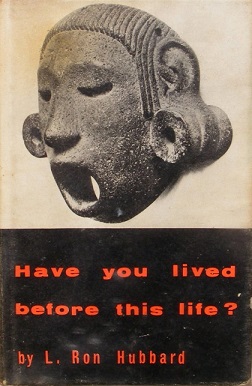
Have You Lived Before This Life is a book published by L. Ron Hubbard in 1958. It was one of the canonical texts of Scientology,

Eight Little Piggies (1993) is the sixth volume of collected essays by the Harvard paleontologist Stephen Jay Gould. The essays were selected from his monthly column "The View of Life" in Natural History magazine, to which Gould contributed for 27 years. The book covers topics that are common to Gould's writing in a discursive manner, including evolution and its teaching, science biography, probabilities, and common sense.
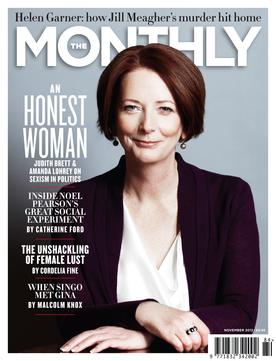
The Monthly is an Australian national magazine of politics, society and the arts, which is published eleven times per year on a monthly basis except the December/January issue. Founded in 2005, it is published by Melbourne property developer Morry Schwartz.

Yeshaya Steiner (Yiddish: ישעיה שטיינער; known as Reb Shaya'la of Kerestir (Kerestirer); Yiddish: ר' ישעיה'לה קערעסטירער) (1851 – 27 April 1925), was a Rebbe in the town of Bodrogkeresztúr (Kerestir) near Miskolc in Hungary.
Peter Grosz is an American actor and television writer. He is most recognizable for appearing in Sonic Drive-In's "Two Guys" commercials, in which he appears as the straight man in a double act with improvisational comedian T. J. Jagodowski until it was replaced by families in 2020.
The Book of Life may refer to:

The Siemens-Schuckert Forssman was a prototype bomber aircraft designed and built in Germany in 1914 and 1915. When its performance proved inadequate for its intended role, even after numerous modifications, the German Inspectorate of Flying Troops eventually accepted it into service as a trainer. Shortly after its acceptance into military service, the aircraft's fuselage fractured while on the ground, ending its career.
According to books by Tyson Blue, Stephen J. Spignesi, and Rocky Wood et al., there are numerous unpublished works by Stephen King that have come to light throughout King's career. These allegedly include novels and short stories, most of which remain unfinished. Most are stored among Stephen King's papers in the special collections of the Raymond H. Fogler Library at the University of Maine, some of which are freely accessible to the library's visitors. However, others require King's permission to read. Additionally, there are a number of uncollected short stories, published throughout King's long career in various anthologies and periodicals, that have never been published in a King collection.
Stephen Grosz is a British psychoanalyst and author.
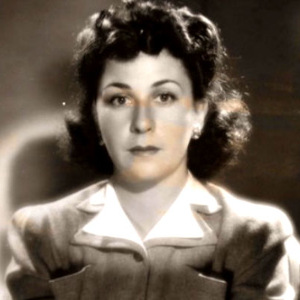
Altina Schinasi was an American sculptor, filmmaker, actress, entrepreneur, window dresser, designer, and inventor. She was known for designing what she called the "Harlequin eyeglass frame", popularly known as cat-eye glasses.
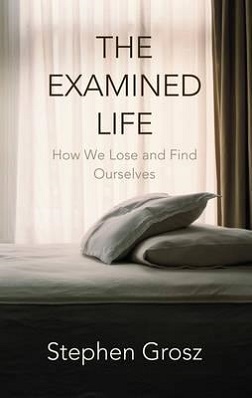
The Examined Life is a 2013 collection of essays by the practising psychoanalyst Stephen Grosz, which is an attempt to "distil over 50,000 hours of conversation into pure psychological insight, without the jargon." The book was serialised as Book of the Week on BBC Radio 4 in January 2012, and spent 10 weeks on the Sunday Times non-fiction bestseller list. It has been translated into Dutch, Italian, German, Portuguese and Korean, and will be published in a further 14 languages including Spanish, Chinese and Hebrew. In The New York Times, Michiko Kakutani praised the book as "an insightful and beautifully written… a series of slim, piercing chapters that read like a combination of Chekhov and Oliver Sacks".

Barbara J. Grosz CorrFRSE is an American computer scientist and Higgins Professor of Natural Sciences at Harvard University. She has made seminal contributions to the fields of natural language processing and multi-agent systems. With Alison Simmons, she is co-founder of the Embedded EthiCS programme at Harvard, which embeds ethics lessons into computer science courses.

Karoly Grosz was a Hungarian–American illustrator of Classical Hollywood–era film posters. As art director at Universal Pictures for the bulk of the 1930s, Grosz oversaw the company's advertising campaigns and contributed hundreds of his own illustrations. He is especially recognized for his dramatic, colorful posters for classic horror films. Grosz's best-known posters advertised early Universal Classic Monsters films such as Dracula (1931), Frankenstein (1931), The Mummy (1932), The Invisible Man (1933), and Bride of Frankenstein (1935). Beyond the horror genre, his other notable designs include posters for the epic war film All Quiet on the Western Front (1930) and the screwball comedy My Man Godfrey (1936).